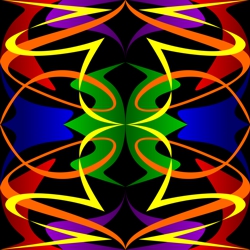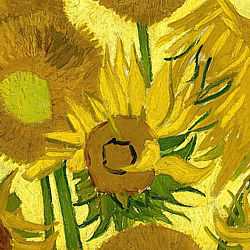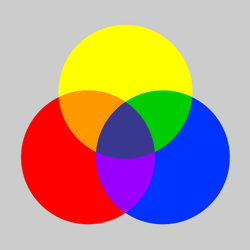Design Lessons - The Theory and Practice of Graphic Design
Our Design Lessons explore the basic elements of graphic design such as imagery, color, pattern, composition, layout and typography and explain how to evaluate their effectiveness in the creative process.
Our lessons on repeat patterns demonstrate an essential design skill. Today, repeat patterns are seen almost everywhere but they also reach back through the history of design and across all continents and cultures. They are used in tiling, wallpaper, textiles, wrapping and packaging, backdrops for text or illustrations in graphic media, jewellery and architectural details.
Our lessons on color theory teach you about the different ways that artists and designers use color. Our explanation of color terms helps you to understand and express how this visual element is used in art and design.
Graphic ideas have layers of visual and verbal meaning that communicate a concept. The best ideas are those that you discover by trial and error through composing the components of your design to form a concept. This process is known as the 3 Cs of Design. Our Composition Techniques use this approach to demonstrate how to develop ideas for graphic designs.
Typography is the art of designing and arranging printed type. It started as a craft in the 15th century with the invention of the printing press and has gradually evolved into an art form in its own right with modern digital technologies offering unprecedented creative possibilities.
Isometric drawing is a technique, like perspective drawing, that is used by artists and designers to represent three-dimensional forms on a two-dimensional picture plane. In this lesson we demonstrate how to use an isometric cube as the building block of an isometric design.
Our lesson on isometric poster design uses isometric images and lettering to design a poster that communicates the concept of isometric drawing.
The work of graphic designers includes illustration, typography, posters, packaging, corporate identities, advertising campaigns, web design and digital multimedia. Graphic designers usually work to a design brief that outlines their client’s aims and objectives for their product, concept or campaign.





















